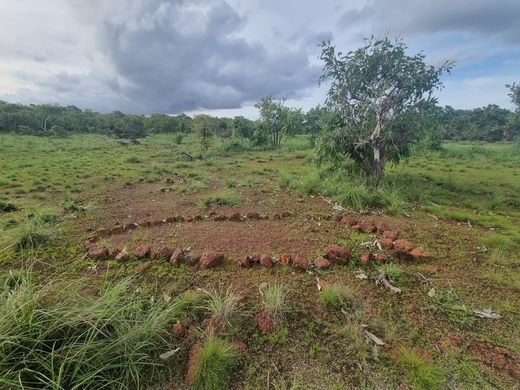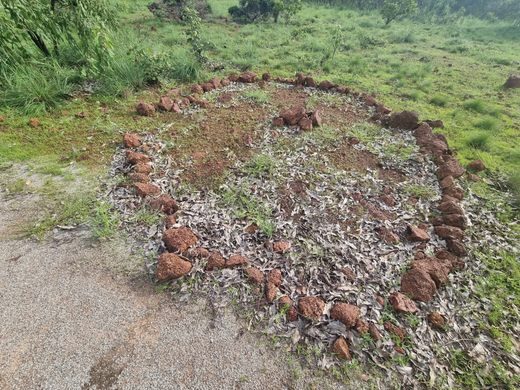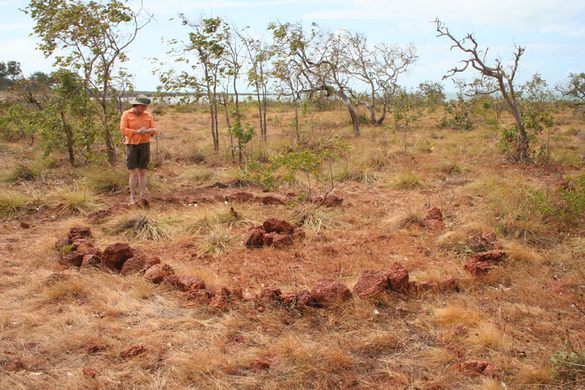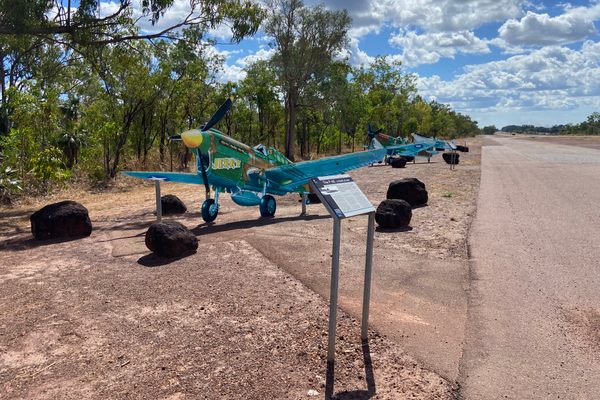AO Edited
Wurrwurrwuy Stone Arrangements
This small but unique site depicts part of an arguably underrepresented part of Australia's early connections to the seafaring communities to its north.
The Wurrwurrwuy stone arrangements, located at Garanhan, also called Macassan Beach, depict Yolŋu knowledge of the Maritime Southeast Asian trepang (sea cucumber) industry centred in Makassar, South Sulawesi.
Trepangers, today collectively referred to as Macassans (based on their most common origin rather than their ethnicity) voyaged to Northern Australian shores from the mid-1700s until the early 1900s. Every year during this period, dozens of praus (small-ish sailing ships) journeyed south-eastwards from Sulawesi with the January monsoon rains and then spread along the Arnhem Land and Kimberley coasts to harvest and process trepang, which was in hot demand in China as a luxury foodstuff and aphrodisiac. They would return to Sulawesi to sell their produce mid-year, meaning that they interacted and traded with Yolŋu and other saltwater peoples for more than a century before there was any regular British presence on Australia’s remote northern coasts. Australian archaeologist Campbell Macknight has called this connection “Australia’s first modern industry.”
The stone pictures were probably created in the late-19th Century and show Macassan praus, lepa-lepa (canoes), campsites, and various components of the trepang processing procedure. In 1999, extensive restoration was done on the pictures in an effort to preserve them for future generations. They were added to Australia’s National Heritage List in 2013 and are the only remnant of Yolŋu-Macassan contact presently on this register. The listing notes that “unlike most Aboriginal stone arrangements, they depict historical objects rather than ceremonial or sacred images.”
Know Before You Go
Garanhan is approximately 40 minutes by car from Nhulunbuy. You will need a 4WD vehicle to access this site and must purchase a permit from the Dhimmuru Aboriginal Corporation before you visit. At the site there are signs detailing the features of the pictures.
It is possible to camp at Garanhan for an additional fee on top of your permit, also from Dhimmuru Aboriginal Corporation. There is no potable water or facilities onsite.
In coastal parts of Arnhem Land and the Kimberley, you'll often see large tamarind trees. These aren't a native species; they were introduced by the Macassans, and large ones often mark where their camps and processing sites once stood. The Macassans brought tamarind for cooking and to ward off scurvy, much like Europeans did with citrus.
















Follow us on Twitter to get the latest on the world's hidden wonders.
Like us on Facebook to get the latest on the world's hidden wonders.
Follow us on Twitter Like us on Facebook